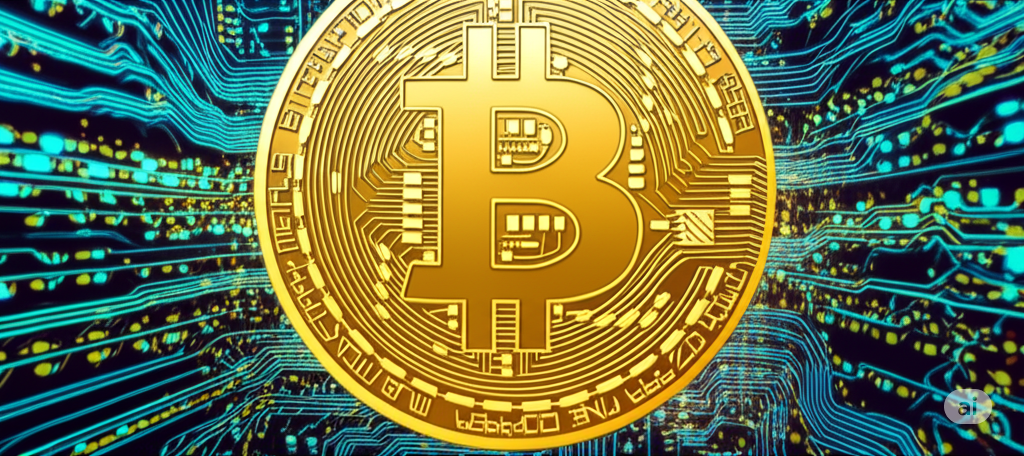In the world of cryptocurrency, Bitcoin mining is often misunderstood but undeniably fundamental. It’s the highly specialized, computationally intensive process that not only creates new Bitcoins but also secures the entire network, validating transactions and maintaining the integrity of the blockchain. For business leaders and investors seeking to grasp the core mechanics of the decentralized economy, understanding Bitcoin mining is crucial, as it underpins the scarcity, security, and trust that define this digital gold.

The Dual Purpose of Bitcoin Mining
At its heart, Bitcoin mining serves two critical functions. Firstly, it’s the mechanism by which new Bitcoins are introduced into circulation. Miners, using powerful computers, compete to solve complex mathematical puzzles. The first miner to find the solution gets to add the next block of verified transactions to the blockchain and is rewarded with a set amount of new Bitcoin (the “block reward”) plus any transaction fees associated with the transactions in that block. This reward halves approximately every four years, an event known as the “halving,” which gradually reduces the supply of new Bitcoin and contributes to its scarcity.
Secondly, and perhaps more importantly for the network’s integrity, mining is the security backbone of Bitcoin. By solving these computational puzzles, miners are effectively verifying and recording all new transactions, ensuring they are legitimate and preventing double-spending. This process, known as Proof-of-Work (PoW), makes the Bitcoin blockchain incredibly secure and resistant to tampering. It would require an immense amount of computational power to alter past transactions, making the network highly trustworthy. Each new block added by a miner further reinforces the security of all previous blocks.
The Evolution of Mining and Its Economic Impact
Bitcoin mining has evolved dramatically since its inception. In the early days, individuals could mine Bitcoin using standard personal computers. As Bitcoin’s value grew and the network’s “difficulty” adjusted (making the puzzles harder to solve), the industry professionalized. Today, mining is dominated by specialized hardware called ASICs (Application-Specific Integrated Circuits), which are far more efficient than general-purpose computers. This has led to the rise of large-scale mining farms, often located in regions with access to cheap electricity and cool climates.
The economic impact of Bitcoin mining is substantial. It has created a global industry, fostering innovation in hardware manufacturing, energy infrastructure, and data center management. Countries and regions with abundant renewable energy sources are increasingly becoming attractive hubs for mining operations, driving investment and job creation. Furthermore, the global distribution of miners contributes to the network’s decentralization, as no single entity or geographic region holds complete control over the network’s validation process. However, the energy consumption associated with PoW mining remains a significant point of discussion and a focus for ongoing innovation towards more sustainable practices.
The Future of Mining and Bitcoin’s Security

As Bitcoin continues to mature, so too does its mining landscape. The industry is constantly seeking greater efficiency, sustainability, and decentralization. Innovations in cooling technology, renewable energy integration, and more efficient ASICs are continually being developed. The ongoing halving events ensure Bitcoin’s scarcity and predictable supply, solidifying its position as a digital store of value.
For those engaging with the crypto economy, understanding Bitcoin mining provides vital insight into the mechanics of decentralized trust. It’s not just about earning new coins; it’s about the robust, secure, and self-regulating system that validates every Bitcoin transaction and ensures the network’s resilience. Bitcoin mining is, in essence, the silent but powerful engine that continues to drive the digital gold rush forward, securing the most prominent decentralized network in the world






